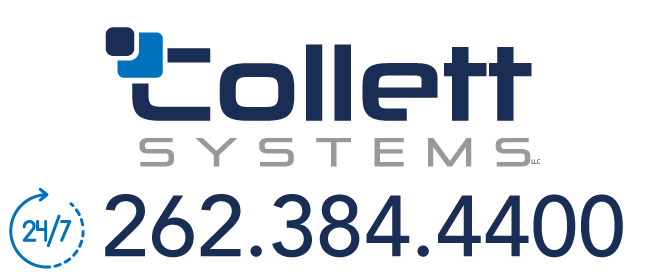
20
Dec
Traditional antivirus (AV) is a type of security software that is designed to detect and remove malware from a computer or network. AV software works by analyzing files and other data on the system, looking for patterns or characteristics that are commonly associated with malware. When a suspicious file is detected, the AV software will either remove it or place it in quarantine to prevent it from executing or spreading.
Next-gen antivirus (NGAV) is a newer type of security software that is designed to detect and protect against a wider range of threats than traditional AV. In addition to detecting and removing malware, NGAV can also detect and block other types of threats, such as ransomware, phishing attacks, and advanced persistent threats (APTs).
There are several key differences between traditional AV and NGAV:
Scope of protection: Traditional AV is focused primarily on detecting and removing malware, while NGAV is designed to protect against a wider range of threats, including malware, ransomware, and phishing attacks.
Performance impact: Traditional AV can sometimes have a negative impact on system performance, as it needs to constantly scan files and data on the system. NGAV is generally less resource-intensive and has a smaller performance impact.
Integration with other security technologies: NGAV is often designed to integrate with other security technologies, such as firewalls, intrusion prevention systems (IPS), and data loss prevention (DLP) systems, to provide a more comprehensive view of an organization’s security posture.
Overall, NGAV represents a significant improvement over traditional AV in terms of the scope of protection and the methods used to detect and block threats. While traditional AV is still an important tool for protecting against malware, NGAV is better equipped to deal with the evolving threat landscape and provide more comprehensive protection.

